Announcements
Drinks

European auto sector: tariff hikes come at difficult time; firms lacking US capacity look exposed
The imposition of 25% tariffs amidst these challenges will likely impair the operational performance of Europe’s original equipment manufacturers (OEMs), even further and cause supply chain disruptions in Europe, underlining our negative credit outlook for the sector.
US production capacity becomes crucial industry differentiator
The heaviest impact of the new US tariff regime on OEMs is likely to be on companies more reliant on exports from Europe to the US market, with a limited US production capacity like Stellantis NV, Volkswagen AG through its Porsche AG sports-car subsidiary and BMW AG.
OEMs from round the world have also made significant investments in Mexico and have had plans to expand their production capacities from the country which currently is the largest exporter of vehicles to the US with over 2.9 million cars shipped annually.
Auto parts that meet previous US-Mexico-Canada trade-deal (USMCA) requirements will remain temporarily exempt from tariffs, but the overall cost of production for cars assembled in Mexico is likely to rise under the newly imposed 25% tariff, as many vehicles rely on imported parts that will remain subject to tariffs. Some OEMs may temporarily shift production from Mexico to existing US plants if they can, despite the risk of reduced operational efficiency and potential under-use of Mexican plants if volumes can't be redirected to other export markets.
Stellantis, Porsche typical of OEMs under pressure from Trump tariffs
Stellantis is a good example. The OEM mostly manufactures/assembles its cars in Mexico (Peugeot, Citroen, Opel…) and Canada (Jeep, Chrysler, RAM), with a small manufacturing footprint in the US. As they are mass-market brands, they are more easily replaced by other locally produced brands particularly if future pricing reflects the cost of the new tariffs. Stellantis’s share of the US market, responsible for more than 40% of revenue in 2024, has been under pressure, shrinking to 7.8% last year from 9.4% in 2023.
Sports-car maker Porsche produces almost all its cars in Germany and exports to the US where it has no manufacturing capacity. As it is a small-volume but high-margin business for Volkswagen, tariffs risk squeezing margins at Porsche and the wider group, particularly if consumers switch to rival brands when tariff increases are passed on to customers in the form of higher prices.
At the same time, competition in the more open European market might intensify if Asian OEMs look for extra growth in the region given the higher tariff barriers in the US.
Premium, luxury auto makers better placed to pass on tariff costs to customers
In contrast, some OEMs with US facilities and premium products will likely be able to absorb or pass on tariff-related costs to customers. Some companies are shifting production to avoid tariffs and/or reassessing their supply chains. Cars will certainly be more expensive as the manufacturers will try to pass to consumers these higher costs as much as they can, but for some of them their margins will simply shrink as they won’t be able to pass them on fully.
Others, mainly luxury brands, are less exposed as their customers are just not as sensitive to price increases. Italian luxury carmaker Ferrari SpA has shared plans to increase by a maximum of 10% the prices of its cars sold in the US in response to new tariffs, which would allow Ferrari to largely meet its financial guidance for the year.
European OEMs may look for other ways to try to offset some of the consequences of the new US trade policy, though seeking more sales outside of the US risks exposing them to more volatile emerging markets.
For OEMs determined to make the best of the US market, tariffs are an incentive to invest in factories there, which could reduce logistics costs, supply the local market faster, and improve brand positioning and perhaps even receive local government incentives.






